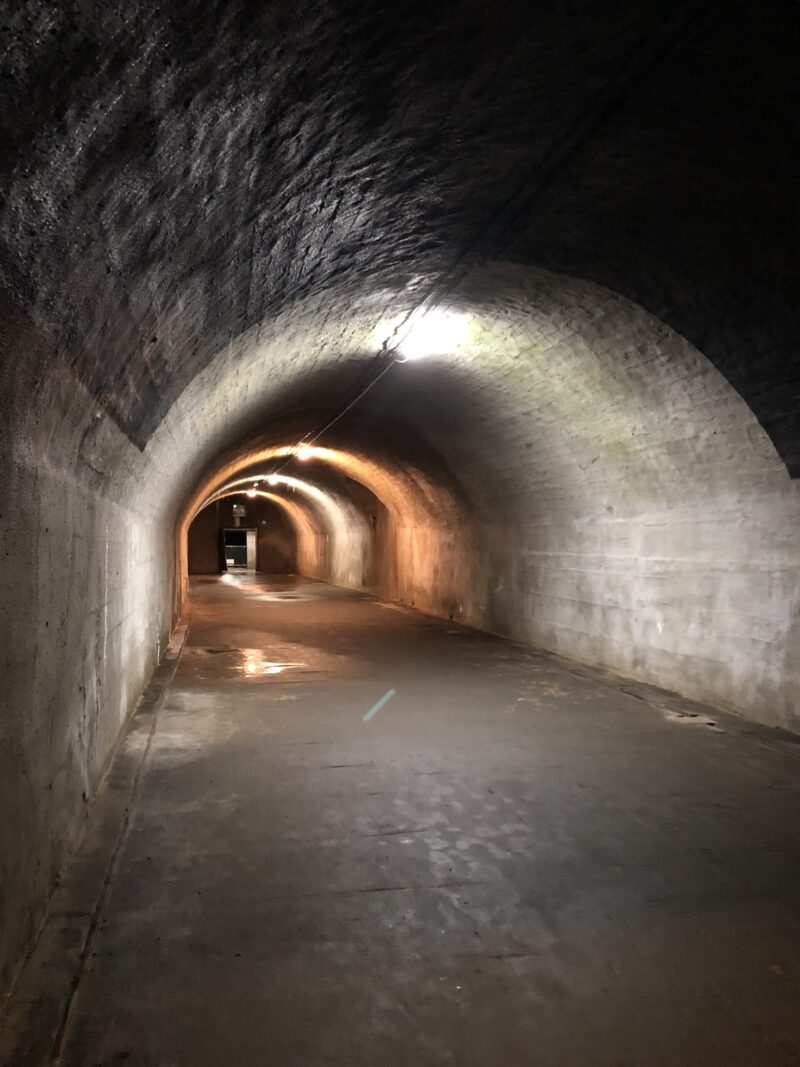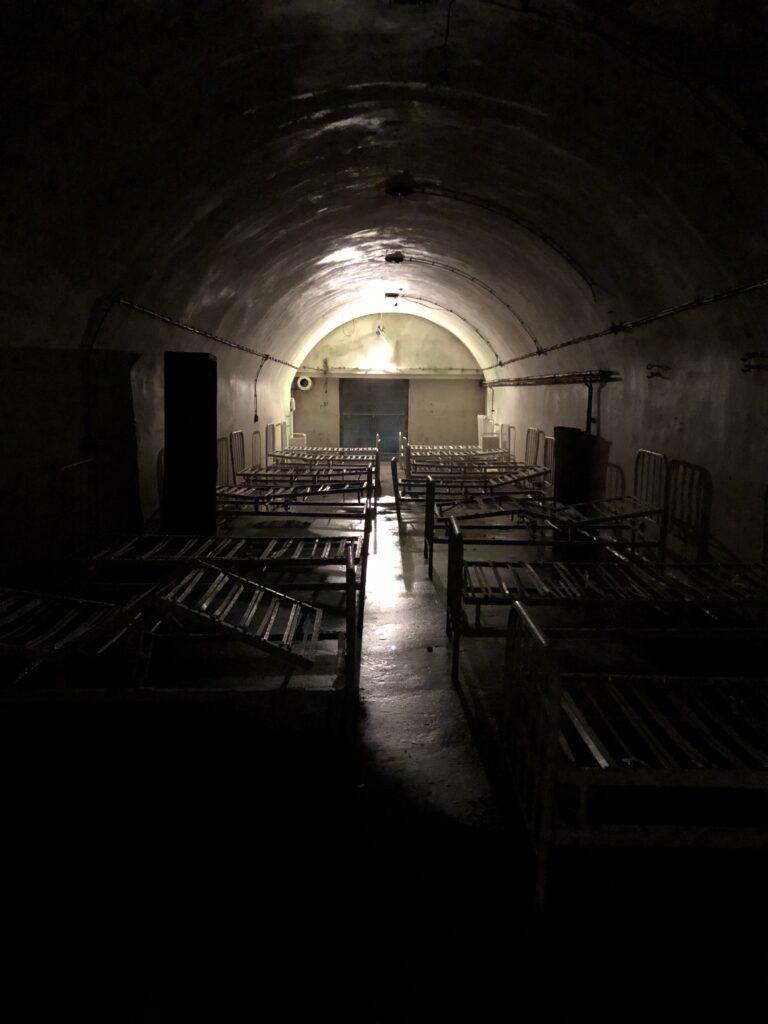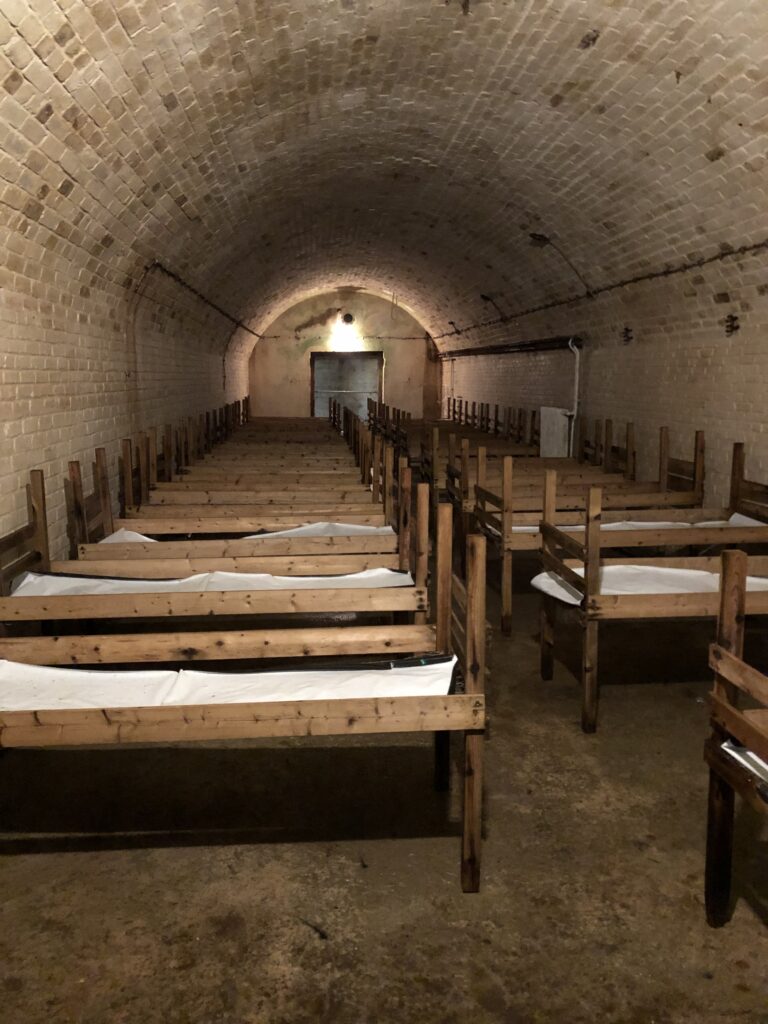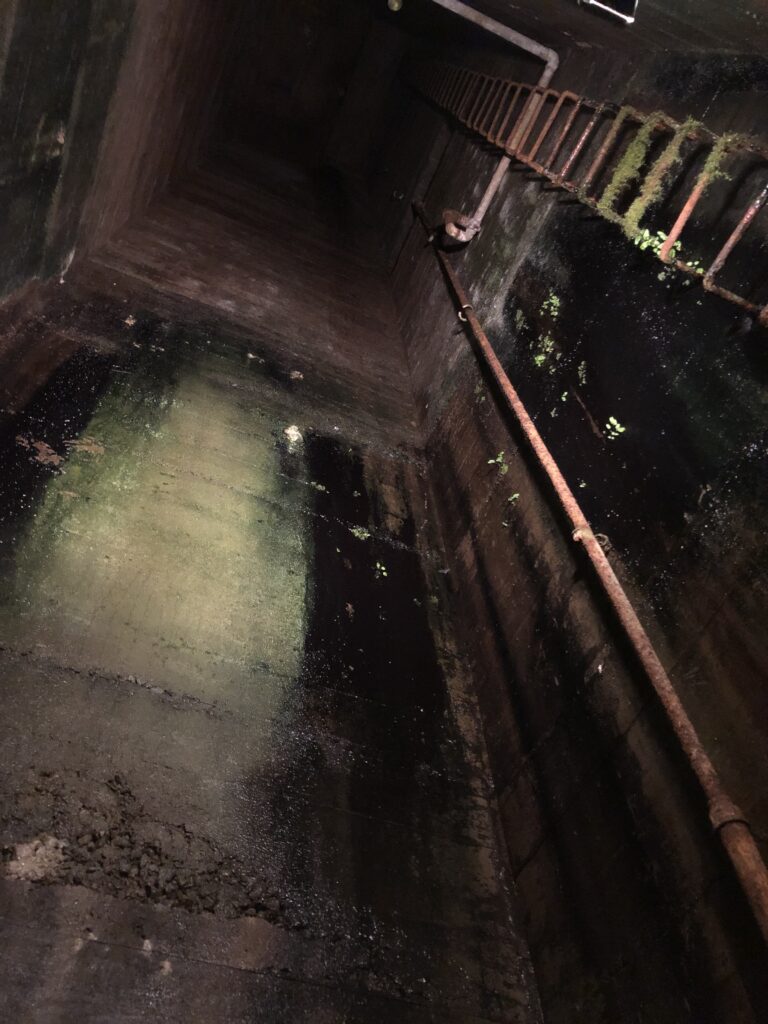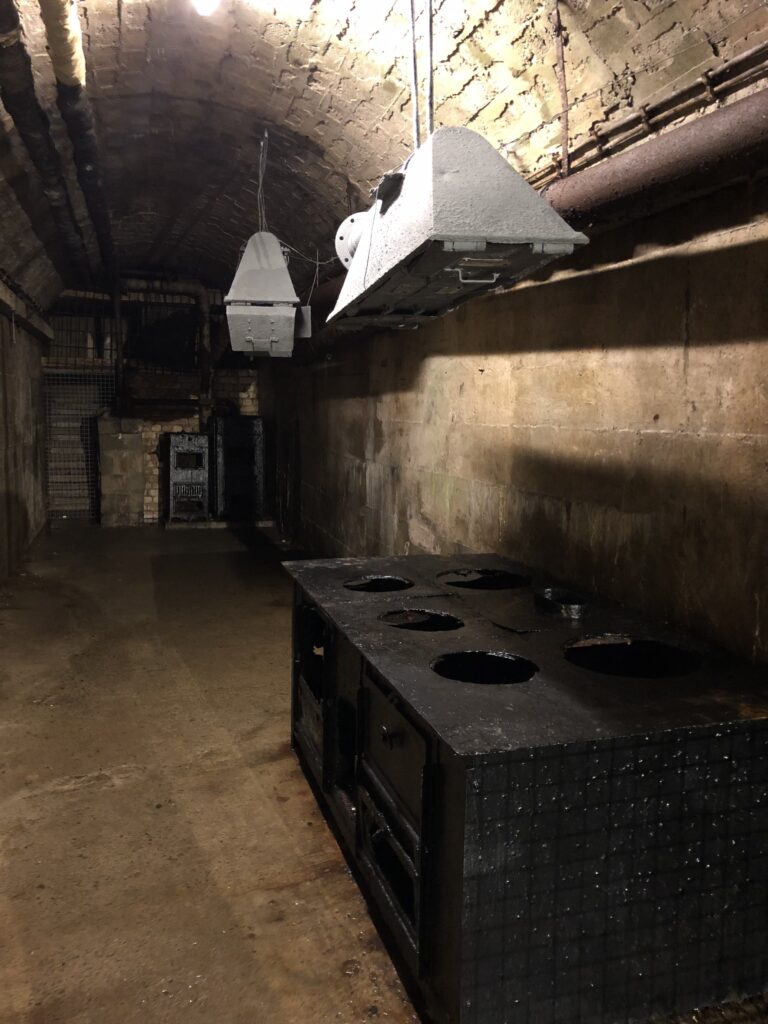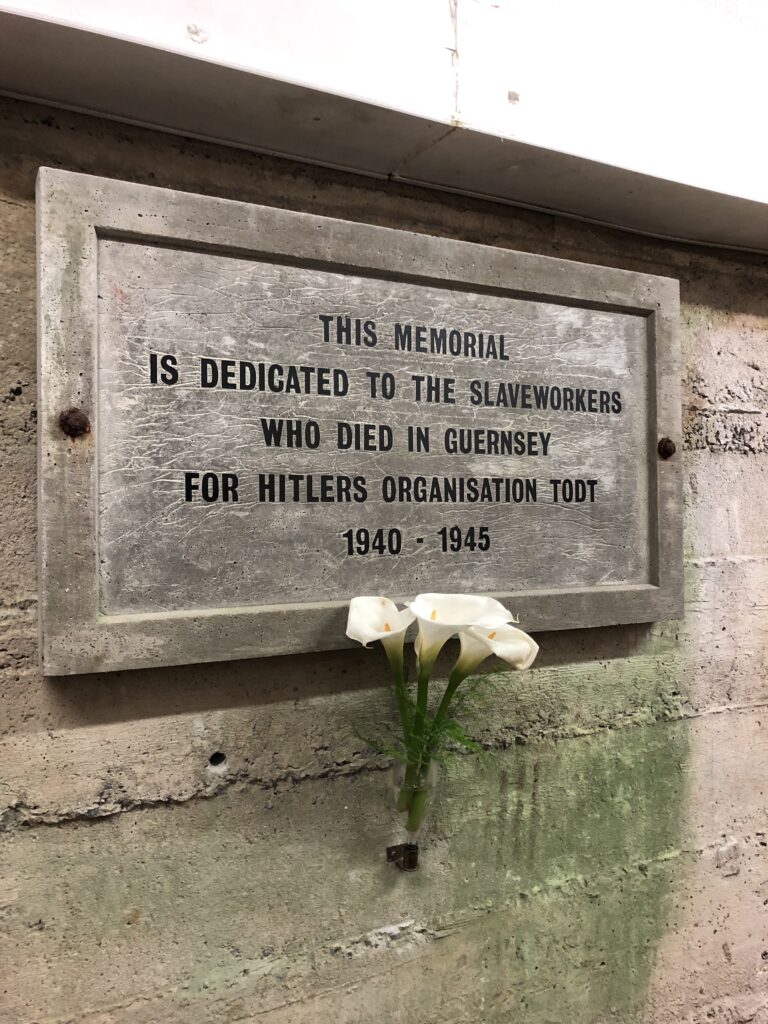The Dark History of the German Underground Hospital, Guernsey

© Curious Archive, 2020
Located off the coast of Normandy, Guernsey is the second largest of the Channel Islands and the perfect leisurely getaway for those looking to escape the chaos of modern day life. The island maintains a calm and relaxed atmosphere, offering beautiful coastal views and a unique fusion of British and French influence through the architecture, food, and culture. When visiting Guernsey it’s difficult to imagine the island as anything other than the picture perfect paradise it is today.
But a dark chapter in the island’s history remains ever present. During the German Occupation of Guernsey during WWII, numerous German structures were assembled around the island. This included fortifications built along the coast in an effort to convert Guernsey into part of Hitler’s Atlantic Wall. Many of these structures remain as a reminder of hardships faced and strength shown by the people of Guernsey. This includes the largest structure remaining on the Channel Islands from the Nazi Occupation, the German Underground Hospital at La Vassalerie.
The German Occupation of Guernsey
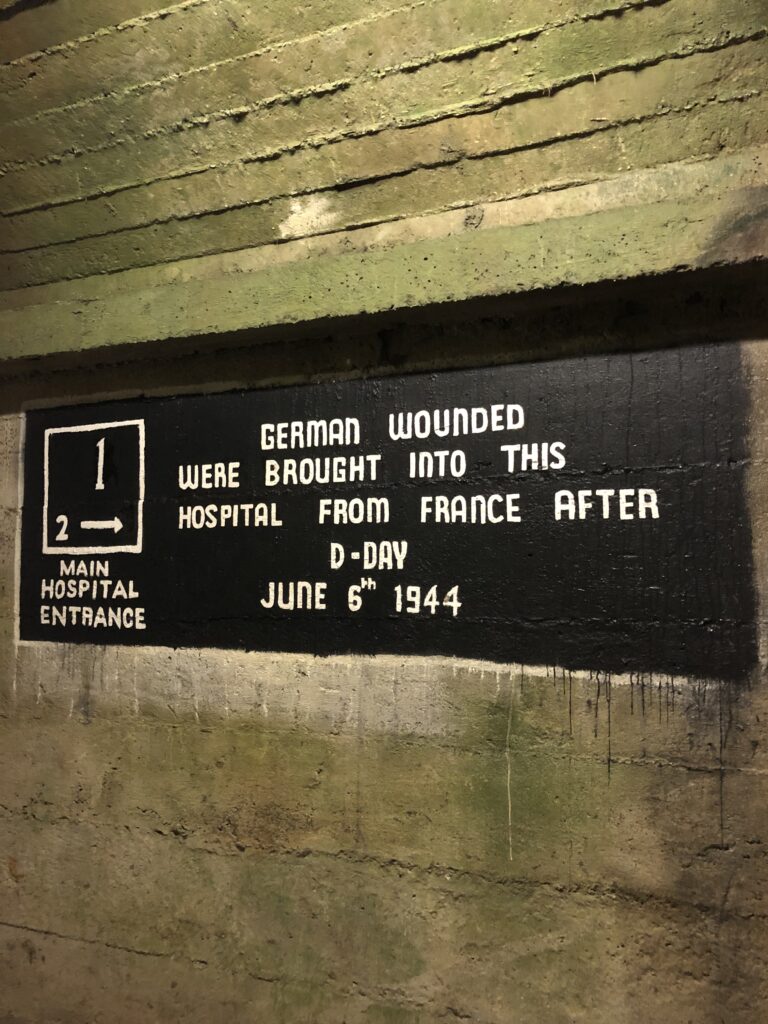
After the Channel Islands were demilitarised by the British Government, a quarter of the island’s population was evacuated to the UK. This left the island and remaining citizens entirely defenceless. The first attack on Guernsey by the Nazi’s occurred on 28 June 1940 at St Peter Port when the German’s (unaware that Guernsey had been demilitarised) mistook tomato lorries for troop carriers. Two days later on 30 June 1940 the occupation of Guernsey began and the Channel Islands became the only part of the British Isles under German control. The number of German troops on Guernsey the day of occupation was so high that it was almost equal to the number of remaining Guernsey citizens. New laws were enacted by the Germans including confiscation of weapons, radios, and houses, restrictions on fishing, drinking, patriotic songs and dances, freedom of speech, changes of the clocks to German time and driving on the right side of the road instead of the left, forced curfew, German language in schools, and mandatory identification cards. Due to severe shortages, five years of food rationing was put in place resulting in the near starvation of both Guernsey civilians and German troops. Guernsey was liberated on 9 May 1945 following Churchill’s announcement the previous day that the war in Europe was over. Liberation Day continues to be an annual celebration on Guernsey, commemorating the island’s day of freedom and to remember the lives suffered and lost during the Occupation.
The German Underground Hospital
Hitler’s fortifications order in late 1941 coincides with the construction of the Underground Hospital on Guernsey which began sometime around January or February 1942. Stretching 6,950 square metres, the German Underground Hospital (Ho.40) and Ammunition Store (Ho.7) is located entirely underground with only the five escape shafts and three entrances visible from the surface. According to German records, 29,823m3 of rock was excavated and 9,053m3 of concrete was poured (some of which was British cement captured at Dunkirk) during the construction of the tunnels by September 1944.
Construction on the Underground Hospital and Ammunition Store took roughly two and a half years to complete and was dug by hundreds of slaves from France, Spain, Morocco, Algeria, Belgium, Holland, Poland, Russia and Guernsey. The work was incredibly gruelling, with slave labourers using explosives, pneumatic drills, picks, shovels, sledge hammers and their bare hands to dig out the tunnel system. Unsurprisingly, there were dozens of deaths and accidents during construction including 17 workers killed in an explosion and another seven workers, all Frenchmen, killed during a rockfall. Many workers who died during construction were buried at a cemetery on Guernsey near La Vassalerie.
Originally, the tunnels were designated to house equipment for a partly motorised machine-gun company, but were eventually converted into a hospital. The transformation, according to the German forces paper Deutsche Guernsey Zeitung, was completed in March 1944, roughly three months before D-Day. While in use, the hospital wards would have accommodated up to 800 wounded soldiers.
Is the Underground Hospital Haunted?
Apparently! And when you’re wandering the dark, chilly tunnels it’s difficult to believe otherwise. The entire structure is incredibly creepy and feels more like the set of a horror film than a building buried under the serene island of Guernsey. But considering the amount of lives lost in the tunnels during the German Occupation, its no surprise that ghost hunters and paranormal enthusiasts are drawn to the location.
While the Underground Hospital doesn’t have a specific ghost story, there have been reports of paranormal activity within the tunnels. Alan Cheale of Brighton submitted a photo to the Guernsey Press in 2010 showing what he believes to be two ghostly figures. Cheale says that at the time of the photo him and his son were the only people present in that area of the hospital. Another visitor posted a photo on Tripadvisor showing a strange mist covering one of his photos that vanished in a second photo taken only moments later. There have also been some reports of two ghosts, an unidentified soldier and woman, wandering the empty tunnels.
Whether or not the Underground Hospital is actually haunted, the tunnels and their dark history are enough to send a chill down your spine. Especially if you visit on a day that isn’t particularly busy. When I visited in the summer of 2019 there were only a handful of other visitors, so my husband and I were often wandering the long, dreary tunnels by ourselves. It certainly added to the sinister feel of the place, and made for some great photos ops.
Visiting the German Underground Hospital
The German Underground Hospital has been open to tourists since the 1950s, but the quality of the tunnel’s infrastructure has been continuously deteriorating ever since. Because of this, the site is currently closed for extensive renovations until April 2021. But once it’s reopened the former hospital will have new updated features including interactive screens, reconstruction of the hospital’s former cinema, and a new entrance made of composite material to combat the damp. Read more about the renovation project at the Guernsey Press, and be sure to visit once they reopen!
Sources and Additional Reading
- Visit Guernsey: German Occupation
- GermanUndergroundHospital.co.uk
- BBC: Guernsey Military Underground Hospital
- Guernsey Press: German Underground Hospital revamp
- Wikipedia: Inter-community conflict in the German-occupied Channel Islands
- Wikipedia: Atlantic Wall
- Historic UK: The Nazi Occupation of the Islands of Guernsey

